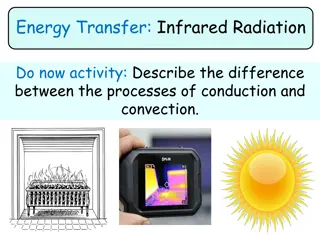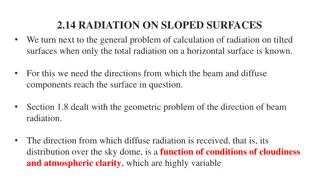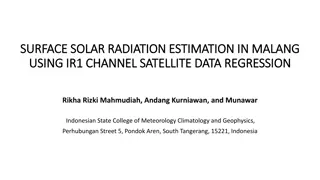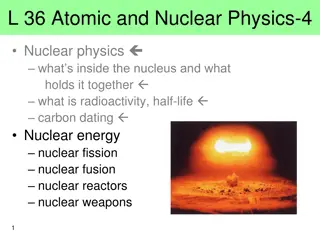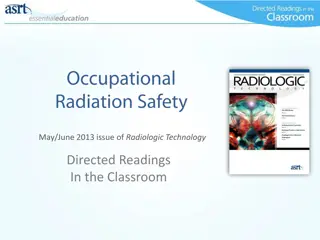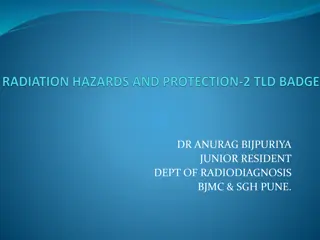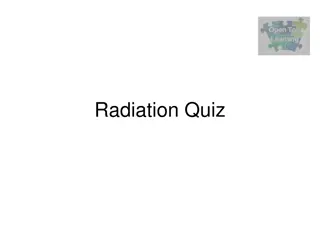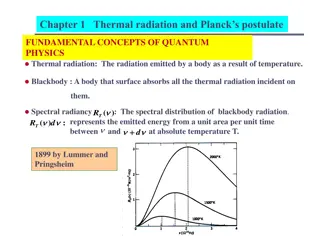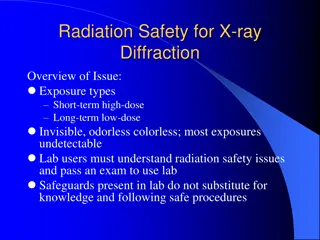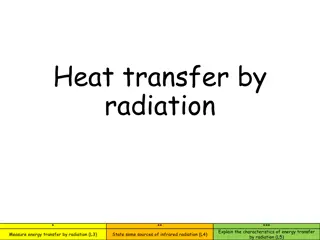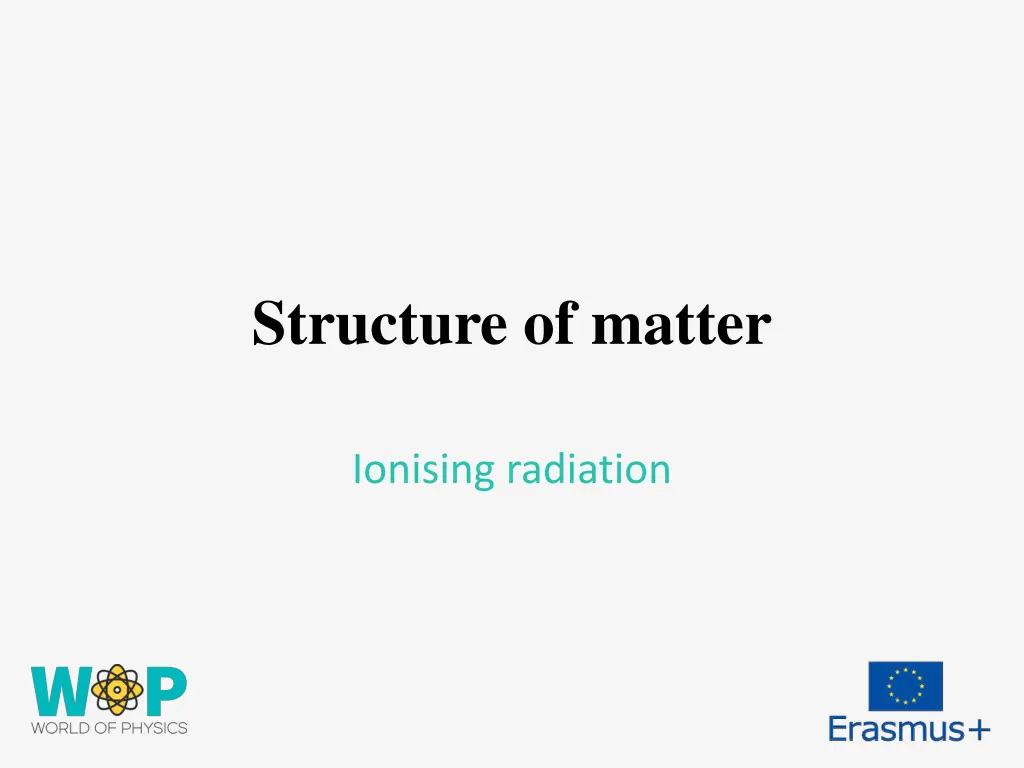
Understanding Ionizing Radiation and Its Types
Explore the structure of matter and learn about ionizing radiation, its definition, types (ionizing and non-ionizing), and forms (gamma, X-ray, alpha, beta). Understand the differences between ionizing and non-ionizing radiation, and how they affect matter. Watch a video for further insights.
Download Presentation

Please find below an Image/Link to download the presentation.
The content on the website is provided AS IS for your information and personal use only. It may not be sold, licensed, or shared on other websites without obtaining consent from the author. If you encounter any issues during the download, it is possible that the publisher has removed the file from their server.
You are allowed to download the files provided on this website for personal or commercial use, subject to the condition that they are used lawfully. All files are the property of their respective owners.
The content on the website is provided AS IS for your information and personal use only. It may not be sold, licensed, or shared on other websites without obtaining consent from the author.
E N D
Presentation Transcript
Structure of matter Ionising radiation
Definition of Radiation Radiation is an energy in the form of electro- magnetic waves or particulate matter, traveling in the air. Definition of Ion Ions are atoms with extra electrons or missing electrons. When an atom gains or loses electrons, the atom forms an ion. 2
Types Radiation Ionizing Radiation Non-ionizing radiation 3
Ionizing vs Non-ionizing Ionizing Radiation Higher energy electromagnetic waves (x-ray, gamma- ray) or heavy particles (alpha and beta). High enough energy to liberate electron from orbit. Non-ionizing Radiation Lower energy electromagnetic waves (infrared, visible, microwave). Not enough energy to pull electron from orbit, but can excite the electron. 4
Ionizing radiation A radiation is said to be ionizing when it has enough energy to liberate one or more electrons from the atoms or molecules in the irradiated medium. This is the case of electromagnetic radiations such as gamma radiations, X-rays and some ultra-violet rays. Visible or infrared light are not ionizing, nor are microwaves or radio waves. 6
Forms of Ionizing Radiation GAMMA Deep penetrating Need steel, lead, etc. to shield X Radiation Commonly thought of as electromagnetic radiation produced by an x-ray machine Penetration depends on wavelength and material being irradiated. Often use concrete to shield 7
Forms of Ionizing Radiation ALPHA Travel only a short distance in air (~ 4 in air) Stopped by dead skin, film of water, sheet of paper Very hazardous when taken into the body Avoid inhalation or ingestion BETA Penetrate human body to depth of 0.1-o.5 Can penetrate wood to about 1.5 Stopped by 0.5 aluminum or Plexiglas 8
Watch this video: https://www.youtube.com/watch?v=uJ3ea9fa6CA 9







